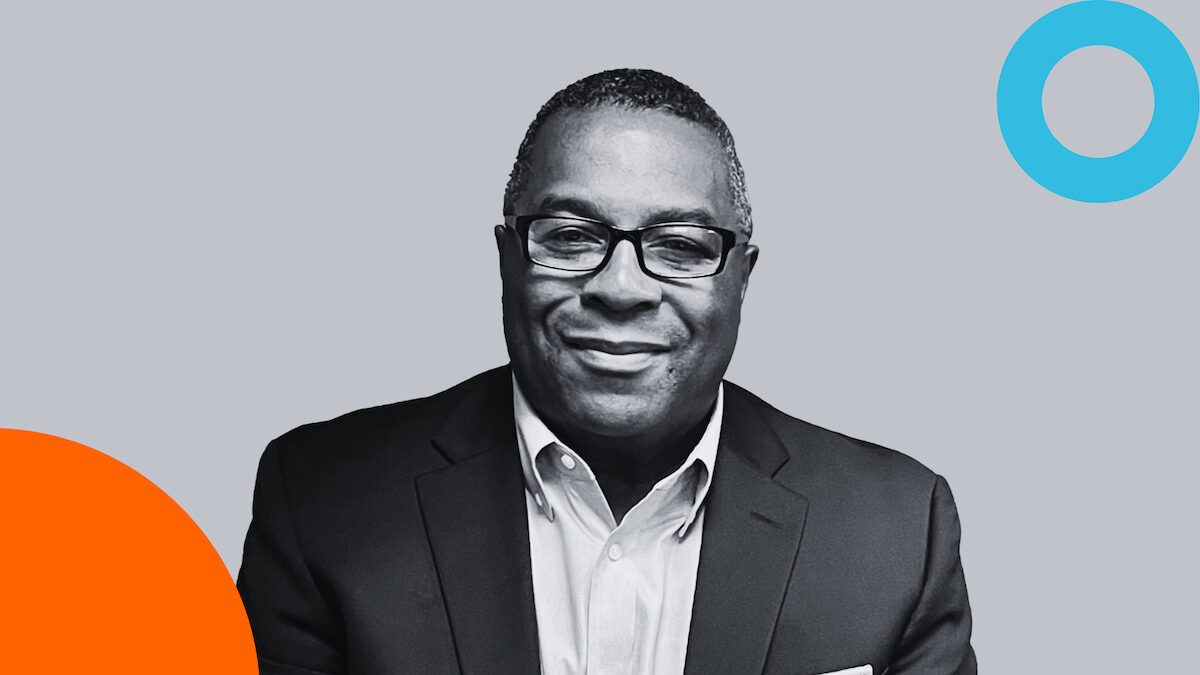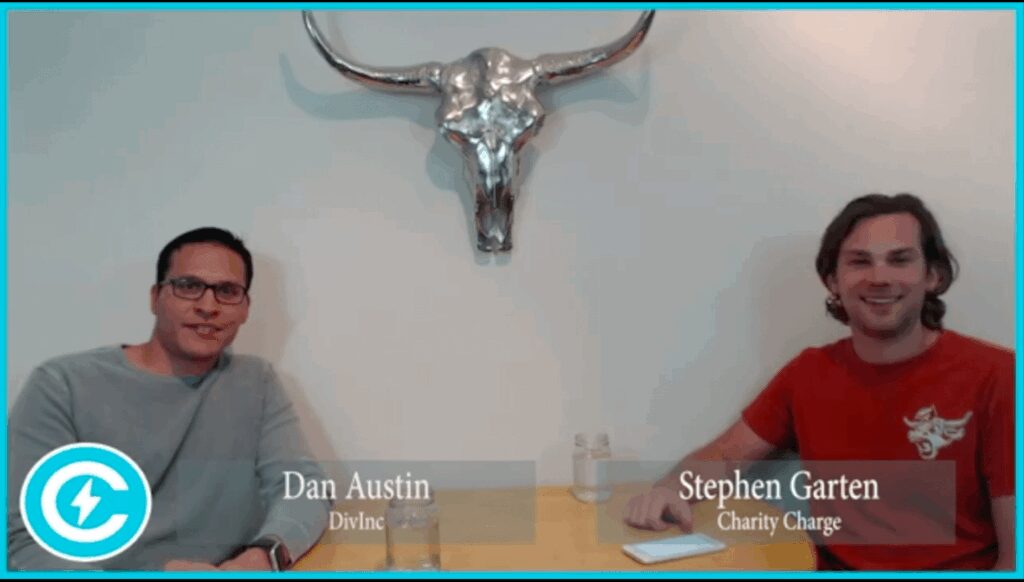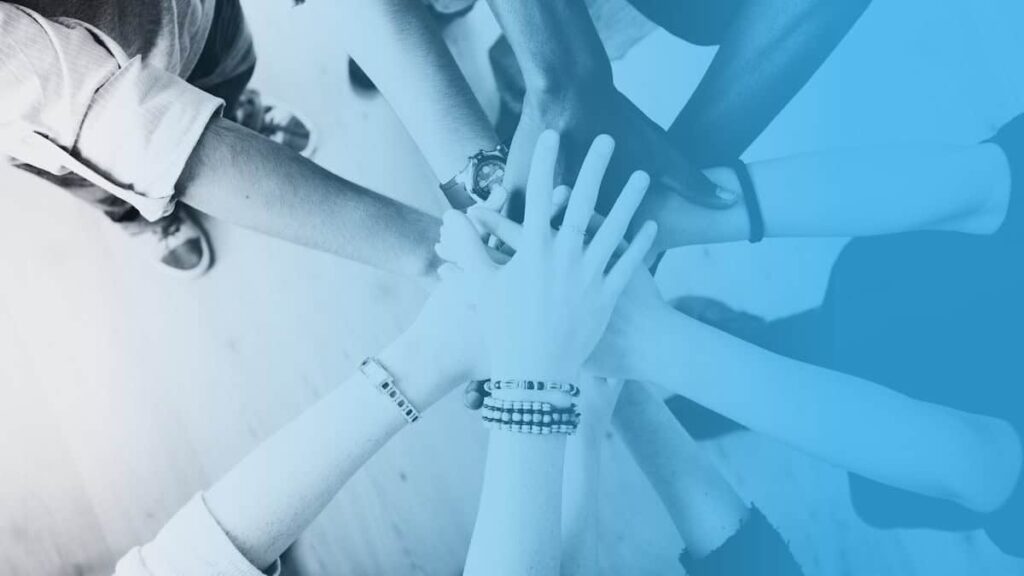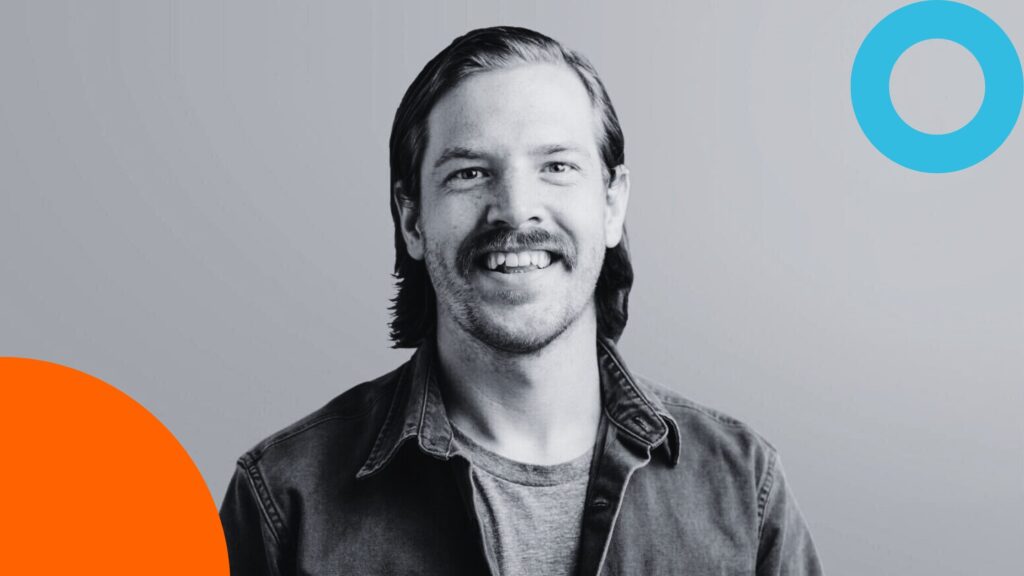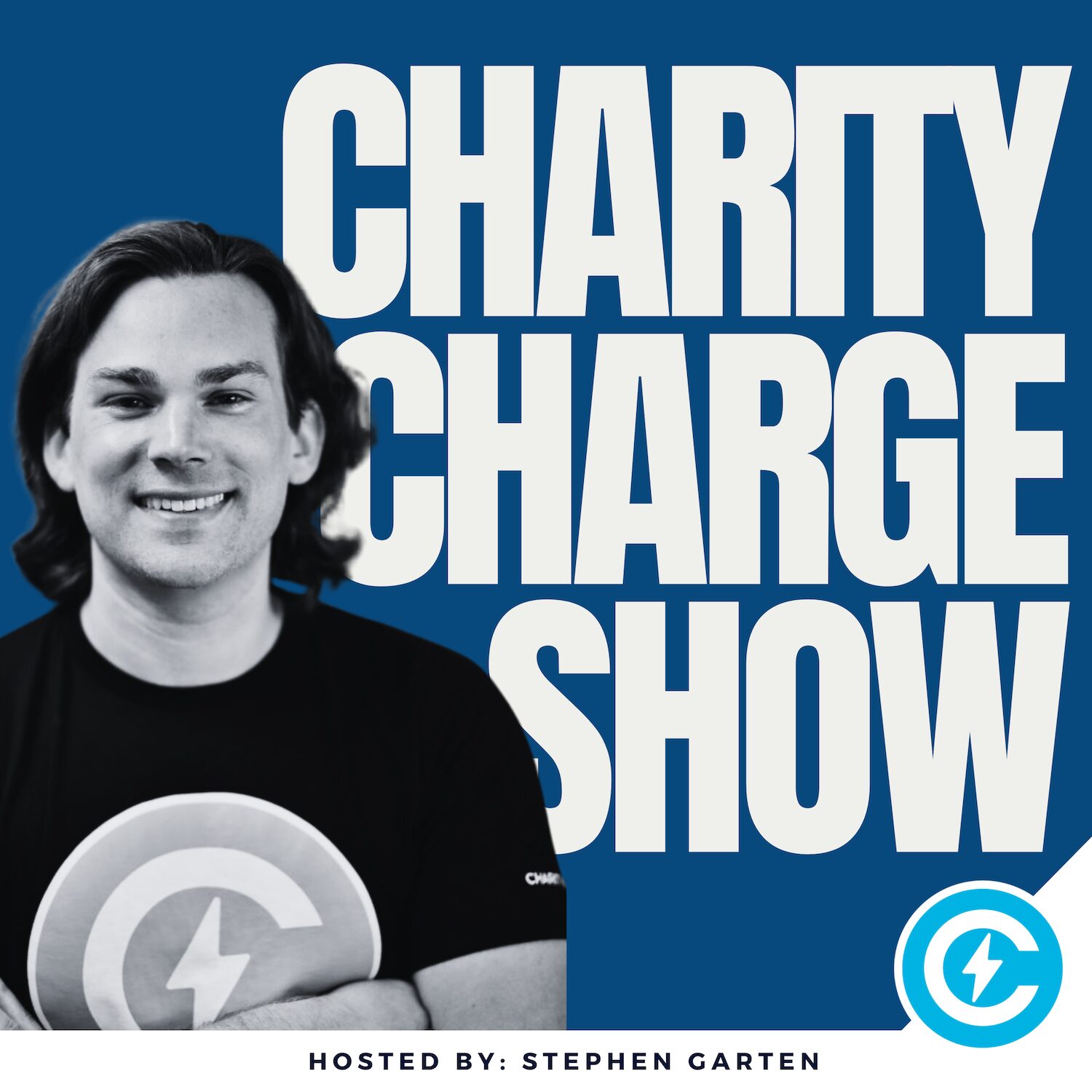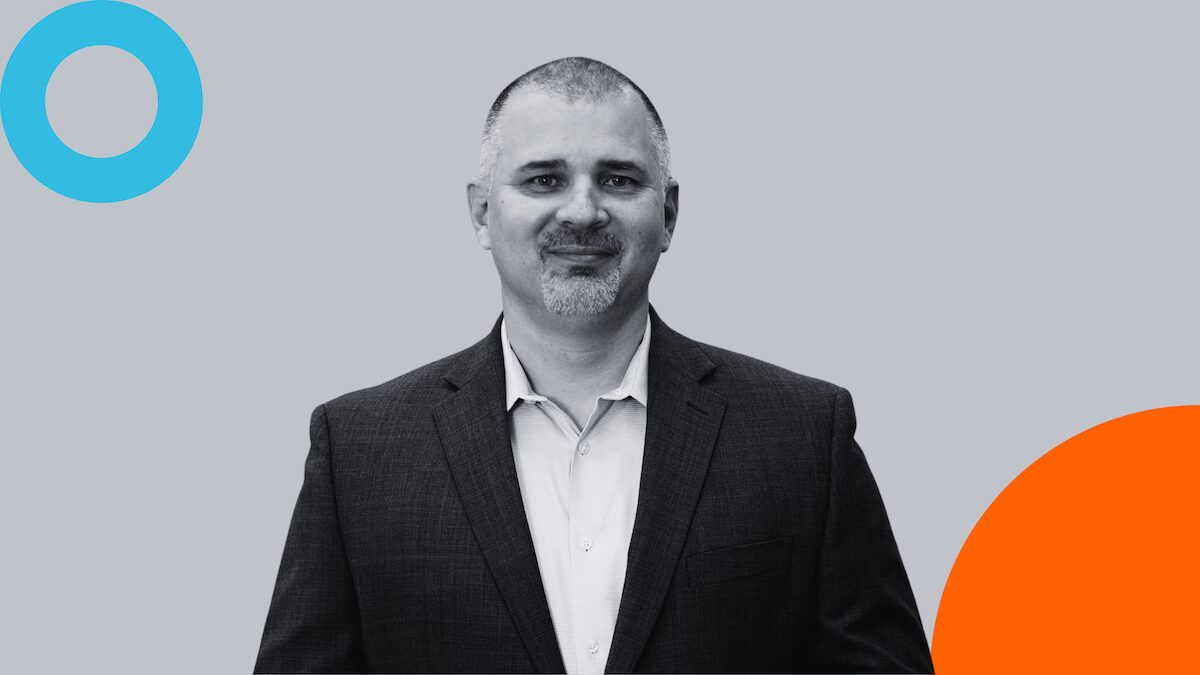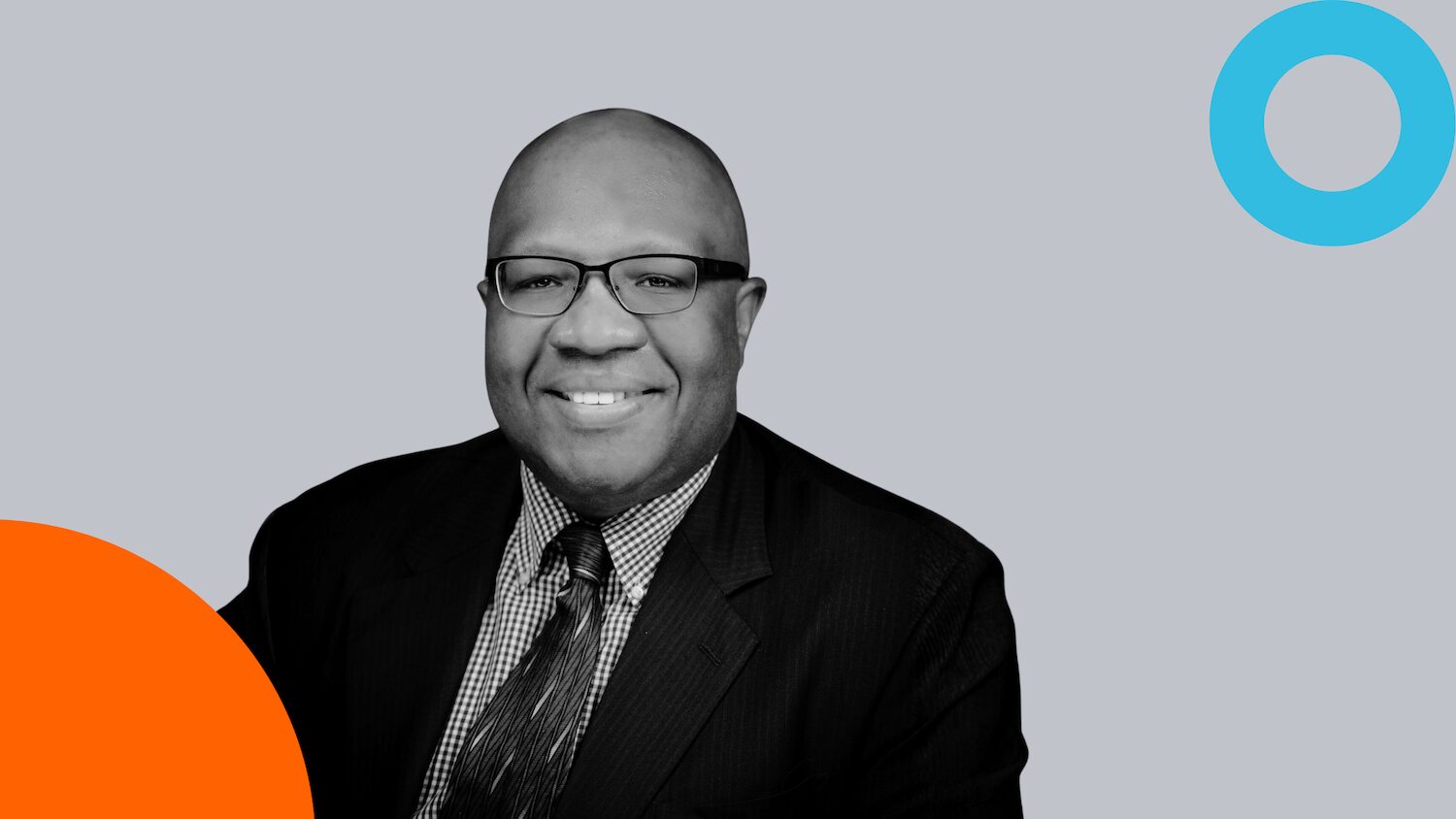In this episode of the Charity Charge Show, host we sit down with Robert Lewis Jr., President and CEO of the Boys & Girls Clubs of Boston, to explore how one organization is rethinking youth development across Boston and Chelsea.
Robert shares how the Clubs are serving nearly 40,000 young people and families through nine club locations, centered on three core pillars: academic support, health and wellness, and workforce readiness. He also explains their recent decision to make membership cost free for all youth, why they see young people as Boston’s future talent pipeline, and how bold civic leadership, strong teams, and deep community partnerships are driving real change.
Whether you are a nonprofit executive, youth development leader, board member, or corporate partner, this conversation offers practical and honest insight on what it takes to build trusted, community-rooted programs that truly respond to local needs.
About Our Guest
Robert Lewis Jr. is the President and CEO of Boys & Girls Clubs of Boston, which serves young people ages 6 to 18 across Boston and Chelsea. Under his leadership, the organization has sharpened its focus on academic outcomes, mental health and wellness, and workforce development, while expanding access to Clubs through cost free membership and deeper partnerships with hospitals, corporations, and public sector leaders. Robert is widely regarded as a convener, civic leader, and champion for young people in Boston.
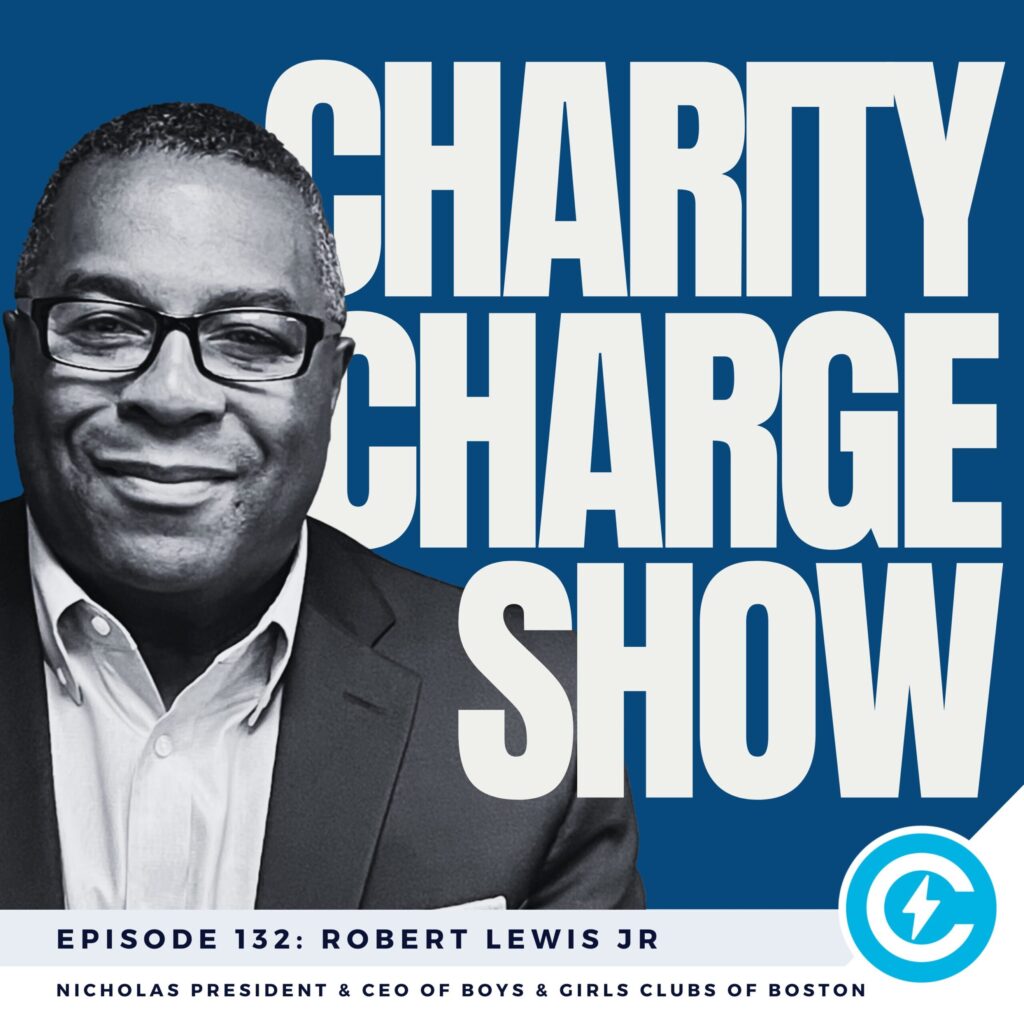
In This Episode, You’ll Learn:
- How Boys & Girls Clubs of Boston serves 40,000 people
How nine club locations support young people and families across Boston and Chelsea, and why the organization is seen as a trusted youth development anchor in the region. - The three pillars guiding every club program
- Academics and Education with a focus on reading, writing, spelling, and closing persistent achievement gaps.
- Health and Wellness addressing mental, emotional, and physical well-being, with embedded social workers and healthy meals.
- Access and Opportunity for the 21st Century through skill-building, exposure to careers, and a clear path to work, trades, or higher education.
- Why they moved to cost free membership for youth
Robert explains the decision to remove membership fees, reduce the financial burden on families, and what “sweat equity” still looks like for youth who join. - How partnerships power their impact
Insights into how Boys & Girls Clubs of Boston collaborates with:- Major hospitals and health systems, including Boston Children’s
- Corporate partners that offer Tech Tuesdays, internships, and summer jobs
- Civic leaders and public officials who help open doors and build trust
- What bold nonprofit leadership looks like today
Why Robert believes leaders must be guided by local data, be willing to take risks, and move from simply “running organizations” to leading change in their communities. - Building and retaining a strong team
How the organization is:- Reviewing and strengthening staff compensation
- Investing in training and professional development
- Treating staff as coaches, mentors, and trusted adults while bringing in outside thought partners for specialized expertise
- Working to professionalize youth development as a field
- The future vision for Boys & Girls Clubs of Boston
Robert shares how the organization is thinking about:- Reaching young people in neighborhoods they are not yet serving
- Using underutilized community spaces in new housing developments
- Bringing programs back to parks and playgrounds
- Preparing youth for jobs that do not yet exist, including through exposure to AI and technology
- Responding to rising food insecurity if federal subsidies are reduced
- A call to everyday citizenship
Why supporting youth starts on your own block, how simple neighborly engagement can lead to deeper involvement with local Clubs, and how alumni and community members can play a role in strengthening the next generation of leaders.

Key Takeaways for Nonprofit Leaders
- Let your data guide you. Look at regional data on academics, health, and opportunity to decide what problems you will address, not just what you have always done.
- Be bold and clear. Nonprofits have to move beyond maintenance mode and lean into change management if they want to close equity gaps.
- Invest in your team. Competitive pay, training, and voice in decision making matter if you want staff to stay and thrive.
- Do not go it alone. Engage hospitals, universities, corporations, and civic leaders as thought partners, not just funders.
- Center youth as future talent. Treat young people not only as program participants but as the region’s next workforce and civic leaders.
Podcast Transcript Q&A
Q: Robert, can you start by giving us an overview of the work Boys & Girls Clubs of Boston is doing in the community?
A: Absolutely. We’re very proud of the work we’re doing in Boston and in the nearby city of Chelsea. Our organization operates nine clubs across both areas, serving nearly 40,000 young people and families each year. We focus on providing the tools, resources, and support for young people aged 6 to 18 to be successful in life.
Our goal is to make sure that when they leave the Club, they have a plan—whether that’s attending college, entering the trades, or finding another meaningful path forward. We deliver this through three main pillars: academic success, health and wellness, and access to opportunities that prepare them for the 21st-century workforce.
Q: Can you tell us more about those three pillars and why they’re so central to your mission?
A: The pillars really come from listening to our community. When we developed our latest strategic plan, we surveyed staff, parents, and partners to understand what our young people needed most.
- Academic and Education Support – We’re not a school, but we play a key role in helping kids improve in reading, writing, math, and overall literacy. Urban students in particular were struggling in these areas, and we decided we had to step up and help close the achievement and opportunity gaps.
- Health and Wellness – Mental health has become a huge challenge, especially since COVID. Every Club now has a full-time social worker to help meet the emotional and social needs of our members. We also ensure all kids receive healthy snacks and meals daily—because if a child isn’t eating well, they can’t focus on learning or growing.
- Access and Opportunity – This pillar focuses on preparing youth for the workforce. Through initiatives like our Ready to Work Academy and Ready to Work University, we expose kids to different careers, skill-building, and real-world experiences. They visit local companies, participate in internships, and begin thinking early about how they’ll contribute to the region’s economy.
Q: You recently announced that membership to your Clubs is now cost-free. What inspired that decision?
A: We wanted to remove financial barriers that might prevent families from accessing our programs. Many parents were choosing between paying for a Club membership or buying groceries, gas, or even paying for transportation.
So we made membership cost-free to reduce that stress. But I always clarify—it’s not “free.” The membership is free, but the commitment is not. Kids still have to show up, participate, and put in the effort to grow and learn.
This decision came from our internal team, not a donor, and while it adds fundraising pressure on us to make up for those lost fees, it was the right thing to do. We’ve already seen a significant increase in membership since making the change.
Q: Collaboration seems to be a big part of your success. How do you engage the business, civic, and nonprofit communities in your work?
A: Collaboration is everything for us. We have an incredible board of directors and trustees who are deeply connected to the civic and business community. They don’t just donate; they engage.
We invite corporate partners to visit the Clubs, meet our members, and experience the energy of our programs. Many of these companies now sponsor activities like Tech Tuesdays, host internships, or employ our youth during the summer.
We also leverage partnerships with Boston’s world-class hospitals—like Boston Children’s Hospital, whose CEO sits on our board—to improve health and wellness initiatives.
It’s all about relationships, not transactions. Our partners are investors in Boston’s future, helping us develop the next generation of talent and leaders.
Q: For other nonprofit leaders listening, what advice would you share about driving bold, meaningful change in their communities?
A: My biggest advice is: look at the data. The data tells you what’s really happening in your community—where the gaps are, who’s being left behind, and what needs immediate attention.
Then, be bold. Don’t just run an organization—lead change. That means taking risks, addressing hard truths, and being willing to evolve.
Also, invest in your people. Train them, support them, and surround yourself with staff who care deeply. You can’t do everything alone. Bring in thought partners—experts from other sectors—to help you think and act strategically.
And finally, collaborate. The nonprofit sector can’t solve big challenges in isolation. It takes an ecosystem of civic, corporate, and community partners working together.
Q: You’ve talked a lot about your team. How do you build and retain talent within your organization?
A: Our staff is the backbone of everything we do. The first thing we did was look at compensation to make sure we were competitive. People’s time and expertise matter.
We’re also investing heavily in training and professional development. You can’t expect staff to handle academics, health, and workforce training all at once—they’re mentors and coaches first. So, we partner with subject matter experts to help strengthen their skills.
We also make it a point to listen. I spend time visiting clubs, sitting down with staff, and just hearing what’s working and what’s not. The best ideas often come from them. Our goal is to build a culture of shared ownership, where staff feel empowered to lead from within.
Q: What advice would you give to a new CEO or executive director stepping into a leadership role at a nonprofit?
A: When I started, I spent my first six to nine months listening and observing. Talk to your staff, watch how people interact, and notice what your culture really looks like.
Be visible in the community. Go to neighborhood meetings and hear what people think of your organization—both the good and the bad. That feedback will shape how you evolve your message and mission.
Also, focus on shifting the narrative. We worked hard to move away from being seen as just a “drop-in center” and toward being viewed as a talent development organization preparing future leaders. Communicate that clearly, inside and outside your organization.
Q: What does the future look like for Boys & Girls Clubs of Boston?
A: We’re focusing on expanding our reach into communities we’re not yet serving. Boston is growing rapidly, with new housing and business developments everywhere. Many of these projects have unused community spaces—we want to bring programs directly into those spaces rather than always building new facilities.
We’re also revisiting old models—like running summer programs in parks and playgrounds—to meet kids where they are.
Beyond that, we’re preparing youth for a rapidly changing future. We’re incorporating AI and emerging technologies into our programs so our members aren’t left behind as the job market evolves.
And finally, we’re deeply concerned about food insecurity. If federal meal subsidies are cut, we’ll step up to make sure no child goes hungry. It’s about being proactive and responsive to real community needs.
Q: How can listeners and the broader community get involved with your organization?
A: Start by being a good neighbor. You can’t help young people if you don’t know the kids on your own street. Learn their names, support their families, and then connect them to the Boys & Girls Club.
We welcome volunteers, mentors, and partners who want to invest their time, talent, or resources in helping young people thrive.
Ultimately, this is about citizenship and humanity—being active participants in your community. When we raise engaged, informed, and compassionate citizens, we’re all stronger for it.
Q: What do you hope the long-term legacy of your work will be?
A: My hope is that when we look back years from now, we’ll see that we didn’t just run programs—we changed lives.
We want to create a generation of young people who are confident, equipped, and deeply involved in their communities. The true measure of our success isn’t at age 18—it’s at 25 or 30, when we see those same kids leading companies, serving their neighborhoods, and mentoring the next generation.
That’s when we’ll know the work truly mattered.

